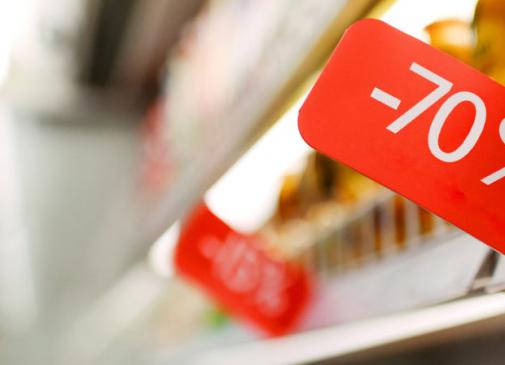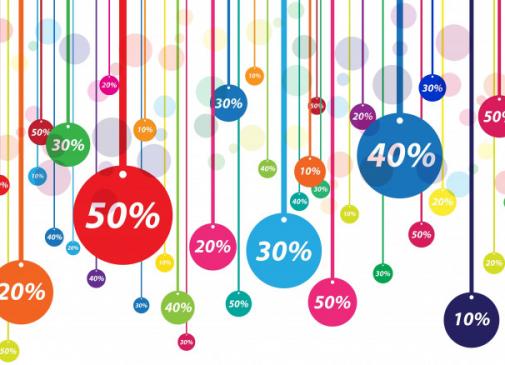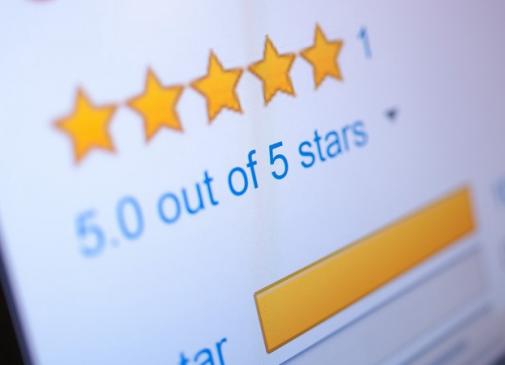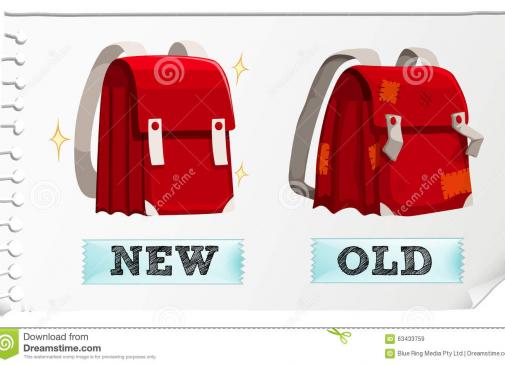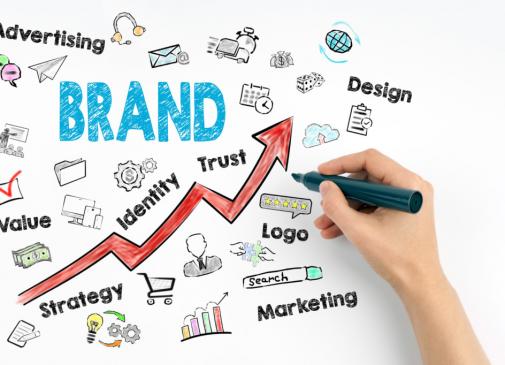Over the last ten years, Global Data Synchronization (GDS) has evolved into a standard practice for businesses to share product data. GDS significantly improves the accuracy of product data, increases the speed to market for new products and reduces the costs in the supply chain. A worldwide expansion and product synchronization across regions is becoming more common. As proof to the widespread adoption, the use of GTINs (Global Trade Item Number) continues to expand and the Global Registry has reached 7 million.
GDSN: "BORING SUBJECT WITH EXCITING CONSEQUENCES"
(quoted after the former Tesco head, Sir Terry Leahy)
Over the last ten years, Global Data Synchronization (GDS) has evolved into a standard practice for businesses to share product data. GDS significantly improves the accuracy of product data, increases the speed to market for new products and reduces the costs in the supply chain. A worldwide expansion and product synchronization across regions is becoming more common. As proof to the widespread adoption, the use of GTINs (Global Trade Item Number) continues to expand and the Global Registry has reached 7 million.
True, the majority of European countries may be working hard on adoption of GDSN, yet there is no denying that it will take a bit more time for the whole Europe to be using GDSN. That being said, the progress is visible and new developments clearly prove that implementation of GDSN is the way forward.
Consequence #1: Free Portals to Make Suppliers Happy
Retailers have already started to build their own portals to gather item master data on top of GDSN to have a free solution for suppliers and to collect data beyond the standards. Among firms using 1WorldSync service to offer their suppliers a free portal to provide their master data to them are such giants as Metro Group and Praktiker. There are also retailers who prefer other solutions, like Tesco which cooperates with digital content provider Brandbank. Perks of free channel are unquestionable. Retailers who are offering their suppliers a free channel for master data delivery as an alternative to GDSN are able to rollout this to their suppliers very quickly. Consequently, they are getting their ROI for the electronic data sync process much faster than in the case of relying solely on GDSN.
Consequence #2: Data Syncing In Tune with EU Law
EU Food Information Regulation (1169/2011) has pushed suppliers and retailers in grocery industry to mull over new solutions. Every e-grocer is thinking how to get and display required food information into the online shops. In response to new developments, GS1 has launched their "B2B2C"-Initiative, meant to provide solutions to ongoing challenges by using a current GDSN infrastructure. Retailers have only to implement one interface (MDM at a retailer is then a prerequisite), while suppliers may choose between adoption of MDM/ GDSN and using a data capture service provider to fulfill the requirements of retailers. Some retailers may opt for shortcuts and follow the example of UK where B2C data has to be captured by Brandbank. A free service to retailers, it nevertheless has to be paid by the industry.
Sources: http://blog.lansa.com; http://themdmblog.blogspot.com

